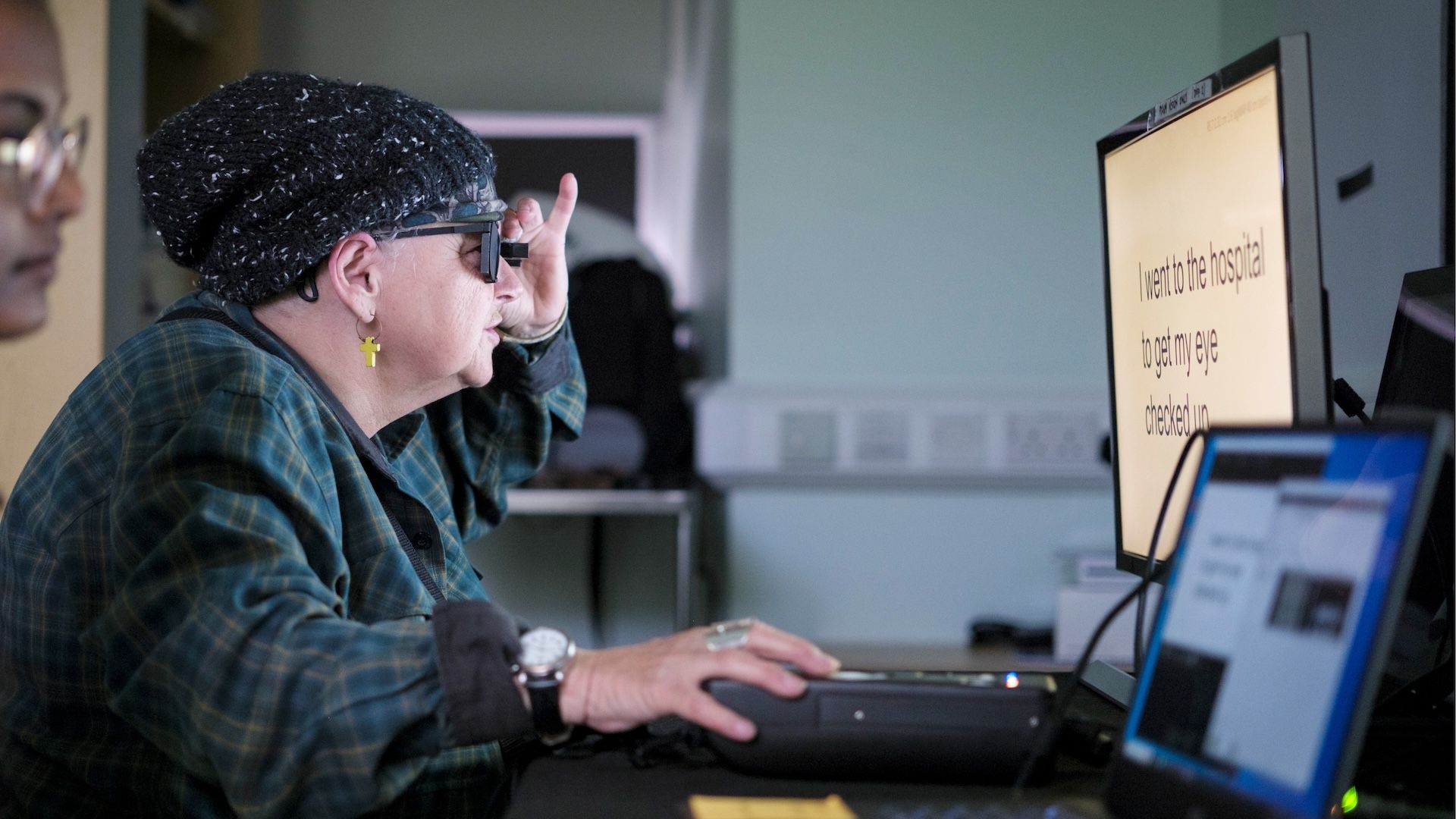Are our lives too short? Many people seem to think so, judging by the current interest in life extension. They look with envy at long-lived species like the Greenland shark, for example, which it is said can reach 500 years of age. But that comes from living in the cold, dark, slow lane. A kilometre down in the Arctic Ocean, they don’t reach sexual maturity until the age of 150, and a single pregnancy can last 18 years. If that is the price of slowing ageing, fleeting doesn’t look so bad.
Three fascinating new books examine our allotted span, and whether it can or should be lengthened. In Seven Decades, University of California anthropologist Michael Gurven asks why we live as long as we do, and what lessons we can learn for living well. However, for those who find 70 years to be too few, the eminent American physician Eric Topol has written Super Agers, which expertly surveys the latest approaches to managing the diseases and decline associated with ageing. But for some, even this progress does not go far enough. The new titans of tech wish to be as immortal as the Titans of legend. The award-winning journalist Aleks Krotoski wryly documents their antics in her new book The Immortalists.
Much of the debate about the possibility of life extension revolves around whether there is a natural (and relatively fixed) human lifespan. Optimists point to the fact that life expectancies in industrialised countries have more than doubled in past centuries — from under 40 in, say, the Europe of the 1700s, to over 80 today. This is a remarkable achievement that took breakthroughs in science, engineering and public policy, greatly reducing the incidence of infectious disease. Surely, the optimists argue, this extraordinary leap in lifespans shows that our fate is in our hands. If we can double life expectancy once, then why not again?
Not so, argues Gurven. Average life expectancy at birth can be a misleading figure. Throughout all of human history until very recently, the most common time to die was in infancy. In the UK in 1800, one in three children did not make it to their fifth birthday. Mortality rates in teenage years and early adulthood were also much higher than today.
But if so many were dying young, yet the average life expectancy was 30 to 40 years, how long were the survivors living? The answer is into their sixties, seventies or even eighties. This means, argues Gurven, that there is something like a natural human lifespan, and it is seven to eight decades. Evidence for this can be found across times and cultures. More than 2,500 years ago, the Psalmist of the Old Testament, for example, wrote that “the days of our years are threescore years and ten; and if by reason of strength they be fourscore years, yet is their strength labour and sorrow.”
It was possible to double life expectancy in such a short time because improved sanitation allowed more people to survive childhood and live out this natural span. It is relatively easy to add decades to the lives of babies. Much harder to do as the optimists hope and add years to the lives of the already old.
But why did we evolve to live so long? This is where Gurven’s rich and readable book really hits its stride. He has spent much of his career with pre-industrial subsistence communities, such as the Tsimane, an indigenous people of the Bolivian Amazon.
His accounts of elder life in these communities are a stark contrast to our contemporary ideas of retirement. For a start, these older people are valuable babysitters, with evidence suggesting that children with surviving grandparents are more likely to live through infancy, while mothers with surviving parents have more children over their lifetimes. This supports what anthropologist Kristen Hawkes called “the grandmother hypothesis”: that, rather than being a burden, the survival of a post-reproductive generation can actually add to the fitness of the group.
But grandfathers are useful too. Into their sixties and sometimes seventies, they are using hard-won knowledge to bring home more calories than they consume. And, like grandmothers, they are teachers, storytellers and religious leaders, passing wisdom and skills on to the next generation. They are also builders and makers of crucial tools such as pots and arrows. They are respected leaders, resolving disputes and bridging families and villages. Gurven’s interviews suggest this is just what these elders want to be: valuable and valued, at the hearts of their communities.
By contrast, too many people in industrialised societies are socially isolated and lonely. As Topol points out in Super Agers, this has real consequences for their longevity: loneliness is associated with a 34 per cent rise in cardiovascular mortality, and 24 per cent higher cancer-related mortality. While some of this might be because isolation leads to unhealthy behaviours, such as physical inactivity and poor diet, the link between loneliness and mortality remains even after these factors are accounted for. This suggests it is intrinsically bad for us, potentially through elevated stress and inflammation levels.
Social connection is therefore an important part of the package that Topol calls “Lifestyle+ factors” that shapes how long we can stay fit and well. It used to be thought that your chance of ageing well was largely genetic, but this has been upended by recent studies showing that environmental factors play a much greater role.

Some of these factors are matters more of public policy, such as environmental pollution and access to cutting-edge cures. But many are in our hands. One study of US veterans showed that those who didn’t smoke or drink excessively, slept well, socialised and exercised regularly, lived over two decades longer than those more dissolute.
Topol is cautiously optimistic about continued progress in pushing forward healthy lifespans. The caution comes from recognition of the baffling complexity of biological systems, which have evolved over vast timescales to carefully balance risks and benefits.
For example, the extent to which our cells can keep dividing is limited, with the result that after a while damage can no longer be repaired. But attempts to fix this tend to increase the risk of cancer, which essentially is out-of-control cell growth. In many ways, we are still clumsy tinkerers, attempting to meddle in machinery we barely understand.
On the other hand, there are reasons for real optimism. We are already edging over the natural lifespan documented by Gurven, as we learn both to optimise our environments for longevity and manage the killer diseases of old age. Life expectancy for women in Japan has now topped 87, and around the world the number of centenarians is growing. Topol is confident this progress can continue, as resources, talent and technology are pouring into biomedical research. This is, he writes, “an incomparable time in life science”.
A recurring theme in Topol’s survey of the cutting edge is the role that AI is now playing in all areas of research and development. With the ability to process vastly more data, our meddling is becoming increasingly precise. “We’re on the path to making biology programmable,” he argues. This is as bold as cautious Topol gets, but where the evidence ends is where Krotoski picks up. Her book The Immortalists is an entertaining and insightful account of those who believe the end of ageing is within our grasp: the tech bros and billionaires who consider that our bodies are as programmable as the products that made them rich.
For this growing set, the idea that we might have a fixed, natural lifespan is pure defeatism — “deathism” even, a spell from which we must awaken to realise our full potential. The spiritual centre of this set is Silicon Valley, where entrepreneurial positivity blends with California’s obsession with eternal youth (an obsession that Aldous Huxley was satirising already in 1939, in his novel After Many a Summer).

Feeling their age, the super-rich are investing vast sums into rejuvenation technologies. One of them, the entrepreneur Bryan Johnson, who has publicly begun a quest to defeat death (and launched an associated product range as well as received transfusions of his own son’s blood), is framing himself as a new Adam. “I’m currently trying to retell the origin story of the human race,” he tells Krotoski. Others are planning a new Eden: their own so-called “Longevity Network State”, where they can biohack their bodies, free from pesky health-and-safety rules.
AI features in these fantasies as a magic wand. Our biological machinery might be too complex for our own wetware minds to understand, but super-smart AI systems should have no trouble crunching through that complexity. This is spurring the development of the ideology known as “accelerationism”, which the tech investor Marc Andreessen, in his “Techno-Optimist Manifesto”, describes as “the conscious and deliberate propulsion of technological development”. The faster we build AI, the sooner we become immortal.
But you might wonder whom this “we” refers to. Judging by a recent hot mic moment, Vladimir Putin and Xi Jinping seem to be in. But will the rest of us mere mortals put up with an eternal elite? According to a recent report by the BBC, the former bodyguard of one tech billionaire said that the first thing he and his team would do come the apocalypse is shoot their boss and take his bunker for themselves. So much for forever.
Super Agers: An Evidence-Based Approach to Longevity by Eric Topol Simon & Schuster £22/$32.50, 464 pages
Seven Decades: How We Evolved to Live Longer by Michael D Gurven Princeton University Press £30/$35, 536 pages
The Immortalists: The Death of Death and the Race for Eternal Life by Aleks Krotoski Bodley Head £22, 320 pages
Stephen Cave, director of the Institute for Technology and Humanity at the University of Cambridge, is author with John Martin Fischer of ‘Should You Choose to Live Forever? A Debate’
Join our online book group on Facebook at FT Books Café and follow FT Weekend on Instagram, Bluesky and X
First Appeared on
Source link













